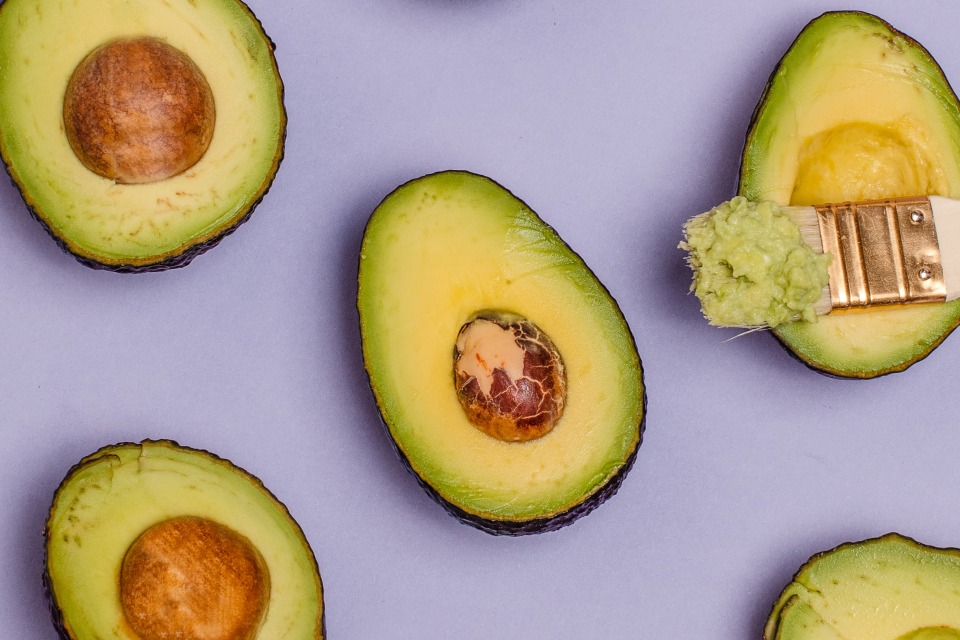Subcutaneous fat: Do I have too much of it?


The first question which people often ask in relation to fat, is “have I got too much of it?”. However, we should also be asking “what type of fat do I have?” and in this blog we look at subcutaneous fat, your subcutaneous fat percentage and how to take action for subcutaneous fat loss.
Where it is and what is it?
Subcutaneous fat is the fat stored just beneath your skin. Pinch your skin with your thumb and forefinger and you will be pinching subcutaneous fat. Visceral fat is the fat stored around your internal organs on the inside of your muscle wall. You might feel you have too much subcutaneous fat when you see a bulge around your bra straps or the ‘muffin top’ effect at your waistband.
Visceral fat vs subcutaneous fat - Which is healthier?
Both subcutaneous and visceral fat are energy stores, and help to make sure we have the energy we need to live an active lifestyle. Fat also supports the endocrine system, releasing vital hormones and proteins which help regulate other organs and processes in our bodies.
So, the right level of both subcutaneous and visceral fat is essential for health. A body composition monitor will tell you if your overall body fat percentage is within a healthy range; about 20 – 35% for a woman and 8 – 25% for a man.
Levels of subcutaneous and visceral fat are influenced by lifestyle and also change naturally though are lives. Research has shown that even if your weight and your level of total body fat remains the same, as you age the distribution of that fat can change with it more likely to sit round your abdominal area. Men tend to develop more visceral fat as they age (sometimes called a ‘beer belly’) and women tending to store more fat subcutaneously when they are younger, switching to more visceral fat storage after the menopause.
Too much visceral fat is associated with serious health conditions including diabetes and cardiovascular disease, so whilst subcutaneous fat might not be considered as unhealthy, it can still stop us being as fit and healthy as we want to be.
Strategies for subcutaneous fat loss
Strategies for fat loss don’t have to focus on counting calories and can often start with eating more! More of the right things of course! High quality protein such as fish or soya beans and healthy fats such as avocado and olive oil will get you off to a great start. Swap a cheese salad for one loaded with tuna or pulses and avocado and you will be giving your body exactly what it needs.
Then focus on your workout and start to include some resistance work to build your muscle base as well as keeping your cardio vascular system healthy. Resistance work might include setting a slight incline on the treadmill, doing your stretches with the aid of a resistance band or carrying light hand weights when you go for a power walk.
An excess of subcutaneous fat might be more about not being happy with your figure, rather than the more serious risks of excess visceral fat, but understanding how much fat you are carrying and knowing what to do about it if you want to reduce your bodyfat percentage, means that you are in control of your health and free to get the most out of life.



